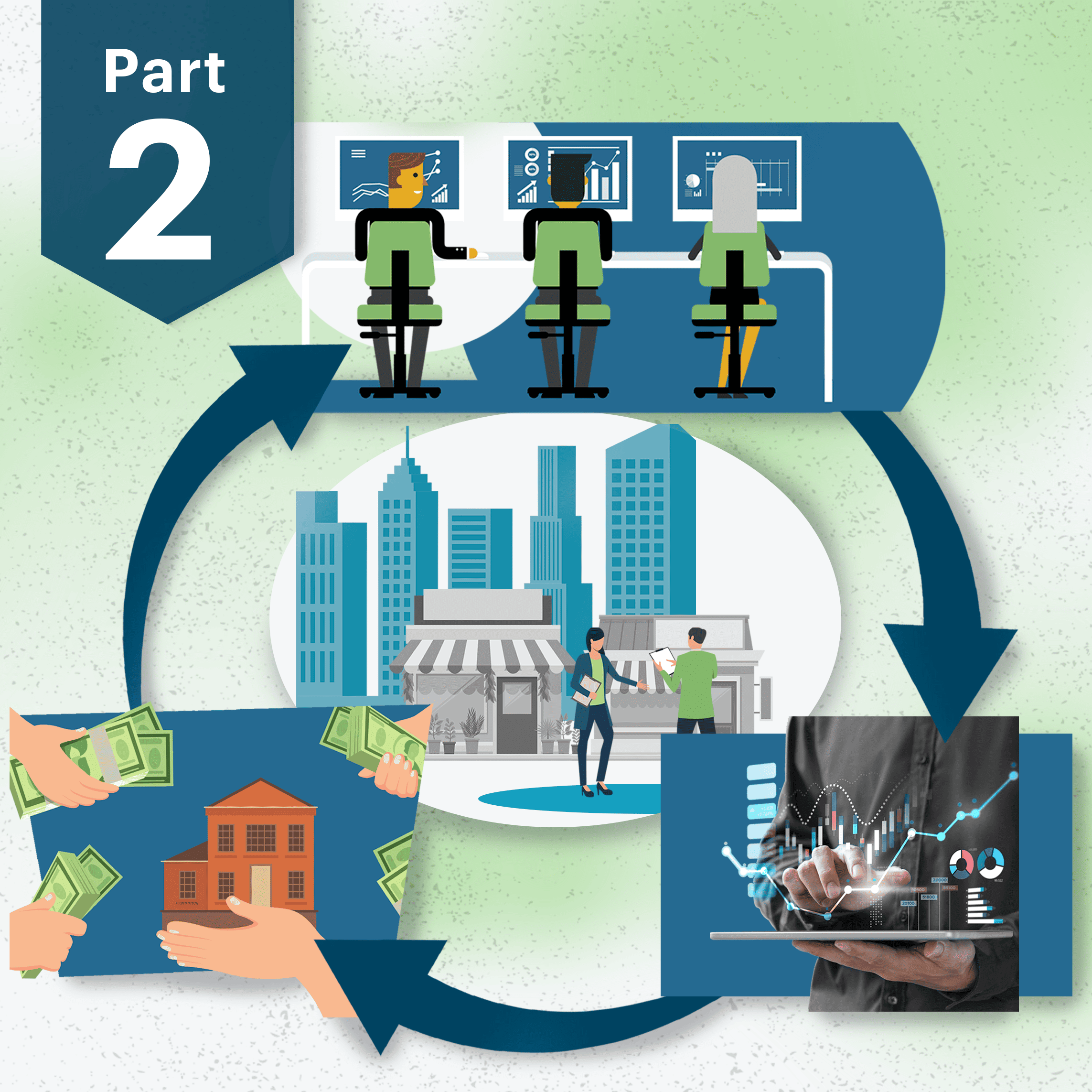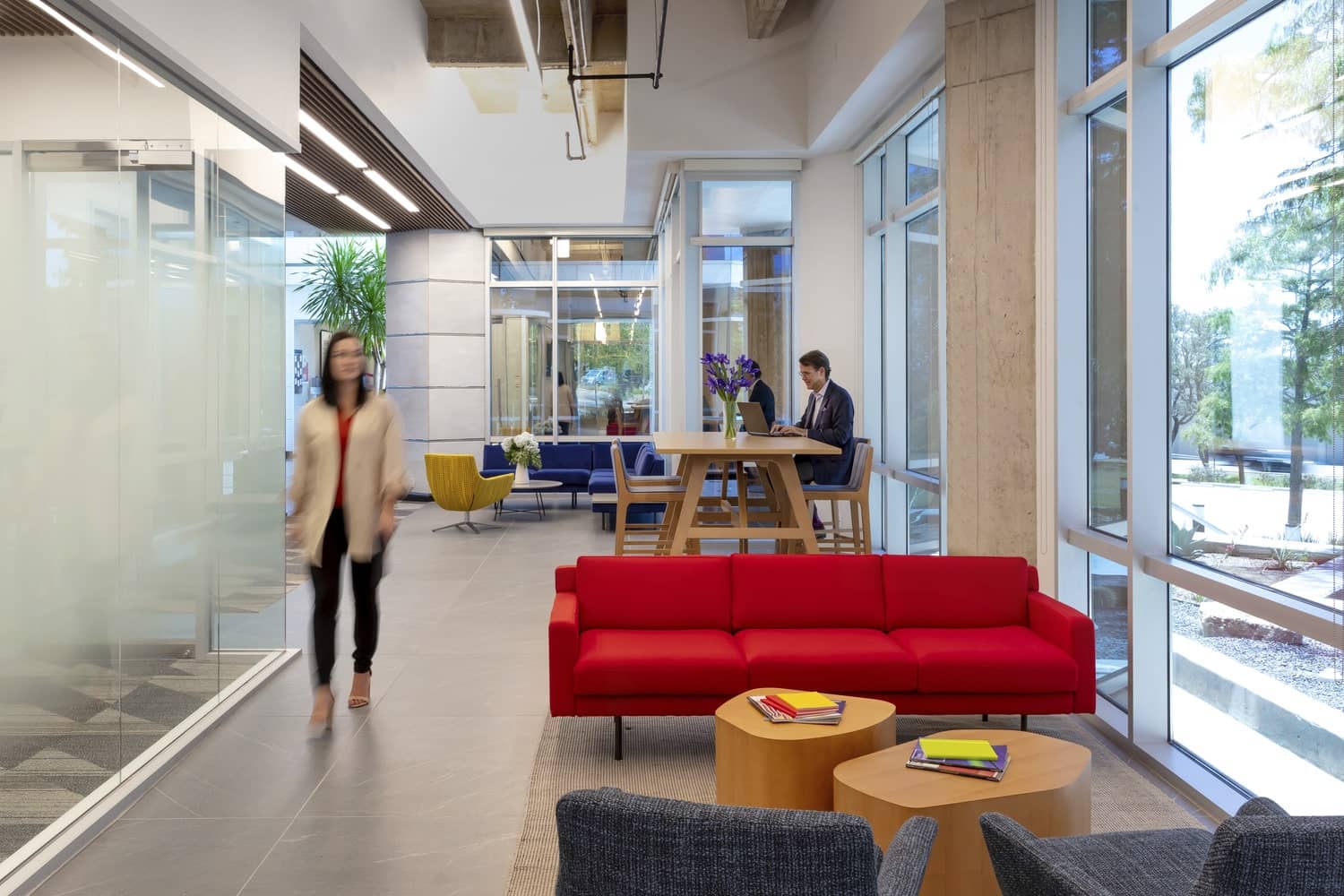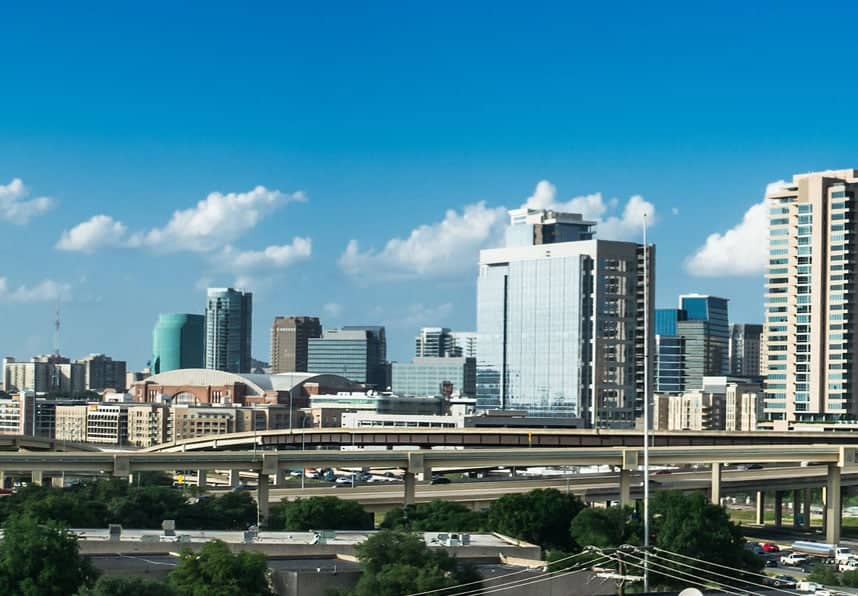Reacting to rumors of his death, legendary writer and humorist, Mark Twain once responded, “reports of my demise are greatly exaggerated.” The same could be said of office commercial real estate (CRE).
In recent years, the embattled CRE sector has, for all intents and purposes, been considered down — but historical precedent has demonstrated it’s hardly out. The demand for office is evolving with positive signs, including more favorable capital and labor markets.
In this installment of our two-part series on the emotional lifecycle of CRE, we gather the lessons from past economic cycle downturns and assess that historical trend analysis against current market data to discuss the recovery ahead.
In Part I, we looked at the causes of past economic cycles. A key theme of the review is resiliency.
• The Savings and Loan Crisis of 1990 to 1991 involved a unique financial shock, oversupply and major noncyclical economic factors, including defense industry cutbacks, but the office real estate sector would go on to shed an average of nearly 1.25 points of vacancy annually over the next nine years, according to the Real Estate Investment Society (REIS).
• The pre-2001 dot-com mania had all the hallmarks of a bubble, especially with the NASDAQ composite stock market growing to nine times its original size over a five-year span. While the tech sector suffered, along with the post 9-11 travel and hospitality industry, construction posted gains and other sectors, such as health services, accelerated hiring.
• The Great Recession of 2007 to 2009 saw unemployment double to 10% and the U.S. office vacancy rate top out at 16.3%, according to Colliers, but by fourth quarter of 2016 196% of the U.S. office-using jobs lost in that span were recovered, according to Institutional Real Estate Americas (IREA).
These cycles teach us, just as water seeks its own level, that business will find new opportunity, reworking whatever investment, innovation and workforce formula it takes to get there.
Revving Toward Recovery?
Almost five years after the onset of the pandemic, real estate analysts and brokers report that “the modern office doesn’t just have a pulse — its heart rate is accelerating,” according to the Atlanta Journal-Constitution (AJC).
The amount of unwanted office space in Atlanta declined in the third quarter for the first time in three years, according to CBRE. Nationally, net absorption accelerated to 4.3 million sq. ft., the second consecutive quarter of positive demand. One broker told the AJC that after nearly five years tenant clarity on workplace needs has led to more confidence with lease signings.
Brookfield Asset Management goes as far as declaring high vacancy rates in the U.S. office market as “misunderstood.” While demand gets scrutinized and over-analyzed, supply has also been a major contributor to office recovery. This has resulted in a “stark bifurcation” in the sector, where 90% of all office vacancies are contained in the bottom 30% of buildings, according to the investment firm.
Points in Favor
In October, consumer confidence rose more than 11%, the biggest one-month acceleration for the Conference Board index since March 2021. Additionally, job openings in September decreased by more than 400,000, month over month, falling to the lowest level since January 2021. The ratio of job vacancies to available workers has dropped from more than 2 to 1 in mid-2022 to below 1.1 to 1.
The strengthening employer’s market will continue to boost office real estate, of course. As companies regain leverage, more and more that employees report to the office. In September, Amazon announced its 2025 policy for workers to return full-time to the office, about 15 months after the company’s three-day-a-week mandate.
Final Thoughts
When we look at history, there should be no mystery: like every cycle, office property bounces back. Although the pandemic was quite a unique shock to the sector and economy, understandably triggering widespread negative reporting and emotion, time has a curative way with wounds.
Current conditions support growing optimism in the office sector, from positive overall economics and greater capital availability to favorable supply and demand dynamics and a strengthening employer’s market. Office CRE has shown resiliency many times before. These key factors indicate it will rise again.
Please visit KBS.com/Insights to learn more.




